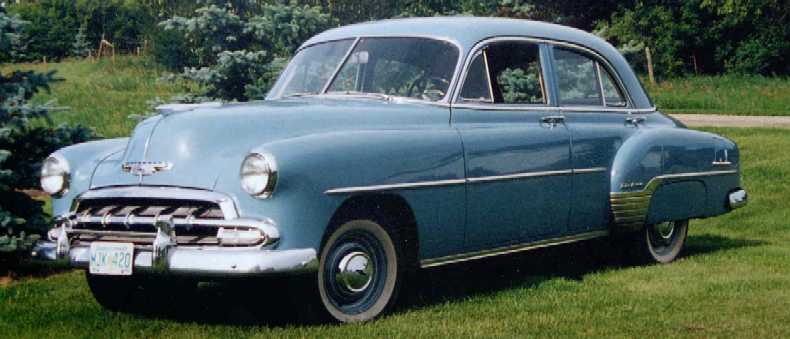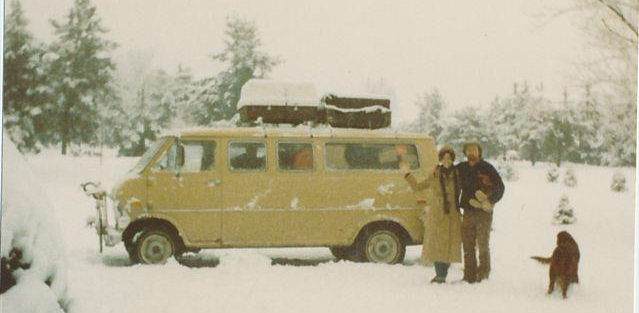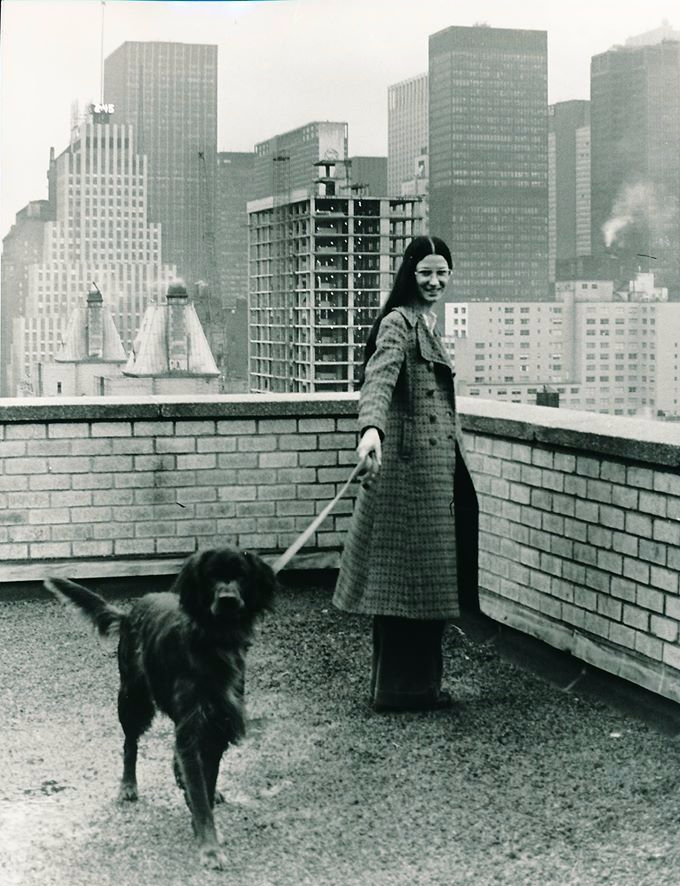
“Done polishing the grill? OK, put some Comet on that sponge and scrub the hubcaps. Rinse each one right away so the cleanser doesn’t dry.”

Right. I knew the routine. We were giving Dad’s car its Saturday morning bath. Dad soaped and rinsed his two-tone blue 1952 Dodge Coronet two-door hardtop, and I scrubbed the bright work. I stole a toothbrush from the bathroom, dabbed it in Comet cleanser, and scrubbed the hood emblem – ruby glass set in chrome with a hint of gold – as well as the Dodge Ram hood ornament. Then I squatted on the ground like the rice paddy farmers I’d seen in my Book of Knowledge to dissolve the week’s road grime from each hubcap with yet more cleanser on a small sponge, finishing up by scrubbing the three-inch wide whitewall tires. When we were done, that Dodge sparkled in the sun like ripples off a cool Minnesota lake on a summer day.
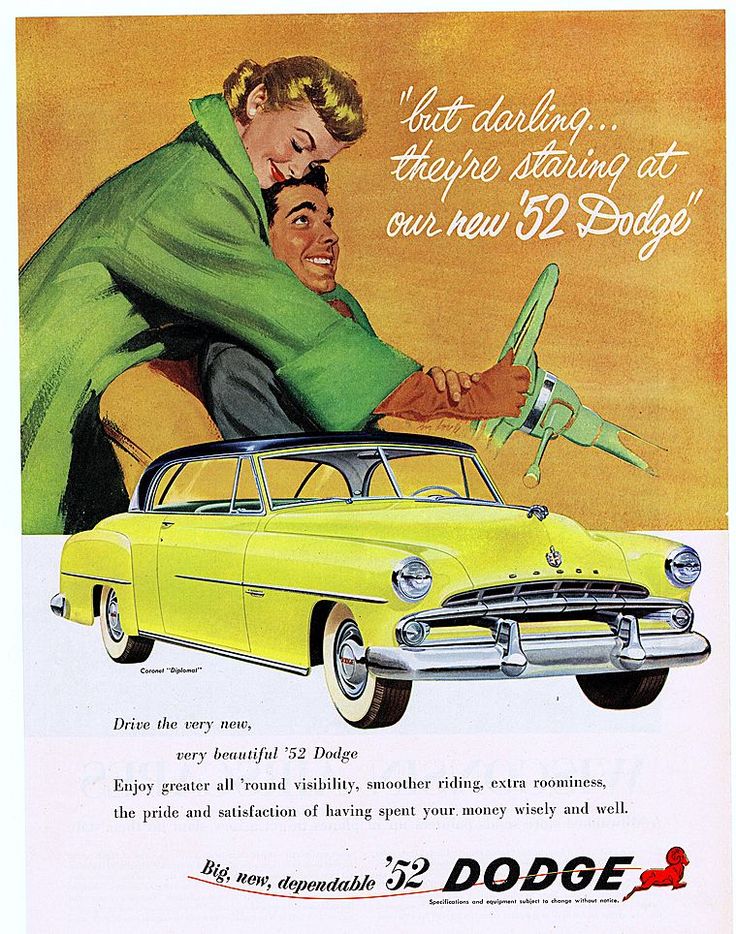
After I finished the last tire, I turned the hose on myself. It was a toasty Midwest day in July and I’d worked up a sweat, so I pointed the hose skyward and let the ice-cold water rain down on me. Now I didn’t have to worry about taking a shower before we headed into the city. The joys of a 10-year-old country boy in the summer.
Dad was working late shift at the Minneapolis Post Office garage, and today I’d ride in with him to spend the weekend with my Uncle Bill and Aunt Dorothy in south Minneapolis. I looked forward to these weekends because it gave me a break from pounding fence posts, carrying water, and baling hay. My two cousins, Sue and Kathy, were a few years younger than me, and they had lots of neighborhood friends. I looked forward to meeting up with the neighborhood boys to play catch in the back lots and stalk the neighborhood girls trying to scare them. They ran screaming, then doubled back on us, exacting their revenge. We raided refrigerators, filled Mason jars with Kool-Aid, and sat in the shade telling each other the biggest lies we could think of. I loved visiting the city.

The usual perk that came with the hour trip was a pack of new comic books. Dad generally stopped by a corner market in our small town and let me pick out a three-pack of comics while he bought his daily ration of un-filtered Camel cigarettes. A three-pack of comics for quarter – saved a nickel. But today, he hooked left out of the driveway instead of right. What was going on? I waited a minute and then decided I’d better inquire into the status of my comic books. Maybe he forgot.
“Dad, don’t you need cigarettes?”
“No, I’ll get them at work.”
“How about my comics?” My stomach was starting to sink.
“Look, do you want me to turn around and drive back to town for comics or do you want me to let you drive the car for a bit on the way to the city?”
What? Drive the car on the road?
“Drive the car? By myself?”
“That’s right.”
My boy’s mind turned this information over a couple times. I’d had the steering wheel in my hands on the road many times before, but it had been while I was sitting on Dad’s lap. I had driven the tractor and pickup truck around the farm since I was about seven. But sitting in the driver’s seat by myself driving down the road? That was something.
“So what’s the verdict? Comic books or drive?”
“I want to drive!”
As he pulled over to the side of the road, I started to get nervous. This was about the best thing in the world I could think of. State fair rides, driving a tractor, kicking up the dirt around the farm with my Cushman Eagle scooter – they were nothing, nothing. I sure didn’t want to screw this up. Put the Dodge in the ditch and it would be a very long time before I ever got to drive on the road again.
Pre-flight check: seat pulled up, cushion under my butt, could see over the top of the steering wheel fairly well, could reach the pedals more or less, and could kinda’ see behind in the rear view mirror. That steering wheel was gigantic! There in front of me was the Dodge Ram hood ornament, pointing the way.

Now what? I’d rehearsed this in the car on the driveway many times with the motor off and emergency brake set. Now the motor was running – I could feel the pulse in the steering wheel, feel it in the pedals with my feet. I blipped the gas pedal: varoom!
“You know what to do. Watch for cars; when you’re ready, signal and pull onto the roadway.”
There was little traffic this time of day. I released the emergency brake, put in the clutch, pulled the Fluid Drive gear shift lever into Drive, revved the engine a little, let out the clutch – and we were moving.
Film clip: On the road with Chrysler’s all new Fluid Drive in 1940.
The Dodge had a Fluid Drive transmission – a hybrid automatic transmission with a clutch. You had to push the clutch in to move the gearshift selector from Neutral into Drive, Low or Reverse. There was no Park. You absolutely had to use the emergency brake if you were parked. Drive had two gears. Once you selected Drive, you let the clutch out and accelerated. When you reached about 15 or 20 miles per hour, you had to abruptly let off the gas pedal and the Fluid Drive would drop with a decisive “clunk” into the top gear. Push back down on the accelerator and you were now on your way to breakneck speeds of 50, 60, even 70 miles per hour. It was a very sturdy transmission, but it functioned laboriously. Even with the 103 horsepower put out by the 230 cubic inch engine, acceleration was leisurely. Later, as aspiring hot rodders, we’d jest: “slip and slide with Fluid Drive.” You won’t be burning rubber with Fluid Drive, be assured.
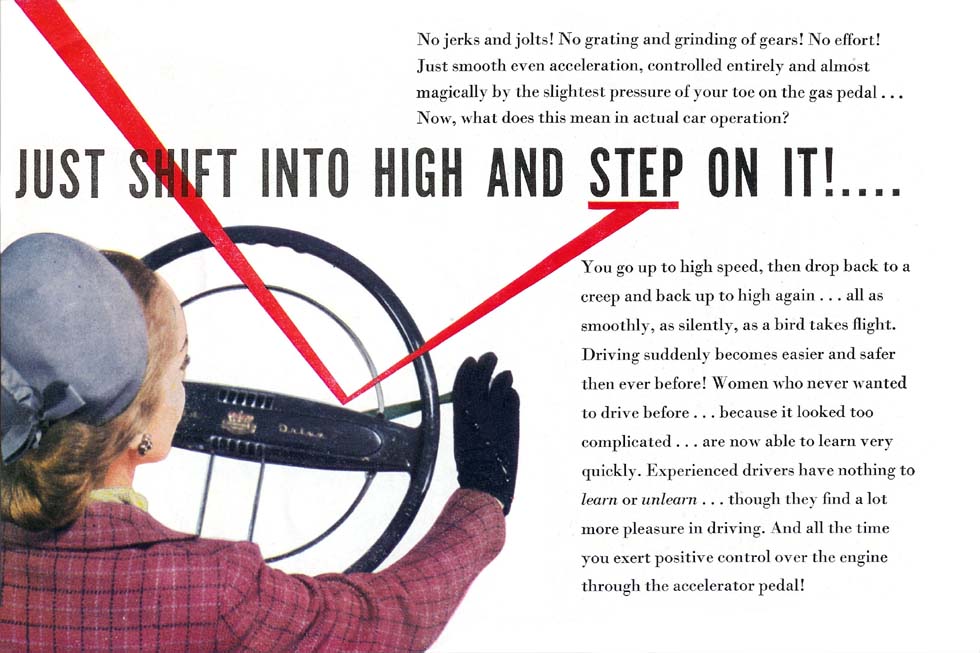
We were under way, the road beneath us and the horizon coming at us. The trusty L-head six cylinder engine was galloping along: I could feel the rhythmic throb of the crankshaft turning as the six pistons rose to the top of the combustion chamber and produced power as the spark plugs exploded in a chorus and sent them back for another revolution. I knew exactly what was going on under that hood. I’d taken small engines apart and put them back together, usually with very few parts left over.

“Give her some more gas, let up so you shift into high, and keep your eye on the road.”
Dad was sitting right next to me, ready to grab the wheel. But I had this. I understood the process. I made sure I was steady in my lane, accelerated a bit more – listening to the motor sing – and let up quickly. The Fluid Drive wheezed and slithered into high gear.
“Watch the hood ornament. Keep it lined up with the right edge of the blacktop, like I told you before. As long as you do that, you’ll be in the proper place on the road.”
It worked. I kept those shiny chrome ram horns lined up with the side of the road, and Dad’s Dodge settled into its asphalt groove. I have often wondered what driving instructors tell people who learn to drive in modern cars without hood ornaments. Maybe that’s why they invented seat belts and airbags.
Dad got comfortable with my driving and moved fully over to the passenger’s side, keeping his left foot on the transmission hump. The cowl vent was cocked open, the windows and window vents were in full draft position, and the sticky summer air moved through the car with little obstruction. My knuckles were turning white from gripping the steering wheel, and the muscles in my arms were tied in knots. As I relaxed and loosened my grip, I surveyed my domain. I looked at each dash board instrument separately and then quickly turned my eyes back to the road. The gas gauge showed three-quarters, the oil pressure was steady at 30 pounds, the water temperature was about 160, the amp gauge showed a slight charge, and the speedometer showed 45 miles per hour. The speed limit was 50. I was on my way to 50!

“Car coming ahead. Watch your hood ornament.”
On it. We’re good. I’m driving. There wasn’t so much as a waver; I was tracking that old Dodge like it was on rails. But I wonder what the other driver thought as he passed – a crew cut and black plastic eye glasses peering over the top of the steering wheel were all he would have seen.
Soon – too soon – we got closer to the city and the traffic increased. I knew my time was up for now.
“OK, use your turn signal, slow her down, and pull onto the shoulder. Push in the clutch, put the gear shift into Neutral, and set the emergency brake. Leave her running.”
I pulled over, selected Neutral, and used both hands to pull the big chrome handle on the emergency brake up to the top. Dad got out and walked around the car while I slid over to the passenger side. My heart was racing, my hands were shaking, and I was grinning like…like a 10-year-old boy who had just driven a car down the road for the first time. My world was new.
“Nice work. We’ll do this again. But don’t – I repeat – do not tell your mother or your aunt and uncle or anyone else, OK?”
I wanted to tell everyone – run down the street, shout it from the roof tops.
“OK.”
I didn’t mention it to anyone. At least for a while. Dad let me drive again from time to time. Same procedure. We washed the car, checked the fluids, maybe topped off the radiator, and stopped by the Texaco to get some gas and check the tire pressure. Then I drove home, taking the long way, past the bluffs along the St. Croix River and down narrow winding country roads, avoiding any place I might attract unwanted attention as a kid driving a car. When we got home, I parked the car at the bottom of the drive where Mom couldn’t see me get out of the driver’s door.

Then one day, the burden of holding inside the greatest event of my life was too much. Mom was in the kitchen.
“Hi, Mom. We went for a drive.”
Pause.
“Dad let me drive.”
She put the plate she was washing back in the sink and turned around, drying her hands on her apron.
“Your father let you drive the car on the road?”
“Yup.”
“Please go tell your father that I’d like to talk with him.”
Gulp. What had I just done? Idiot! Probably screwed up my entire driving future. Plus, got Dad in trouble.
I went out and sat on the shady side of the house with my dog, Patty. I waited for my name to be called from inside the house, but it never was. Later, Dad came around the corner.
“So what did Mom say.”
“Nothing you’d be interested in.”
That was it? That was it. No news is good news.
The next weekend, Mom asked if I wanted to go with her to visit her friends in Anoka, about 30 miles away. We drove her 1953 Buick Special, a four-door sedan with a straight eight engine and a Dynaflow transmission. It was turqoise and white with seats as plush as living room sofas.

On the way back home, she said, “Your father tells me you’re a pretty good driver. He thinks you can drive this Buick. Would you like to drive home?”
Would I?
“Sure, Mom. The Buick is easier to drive than the Dodge – there’s no clutch!”
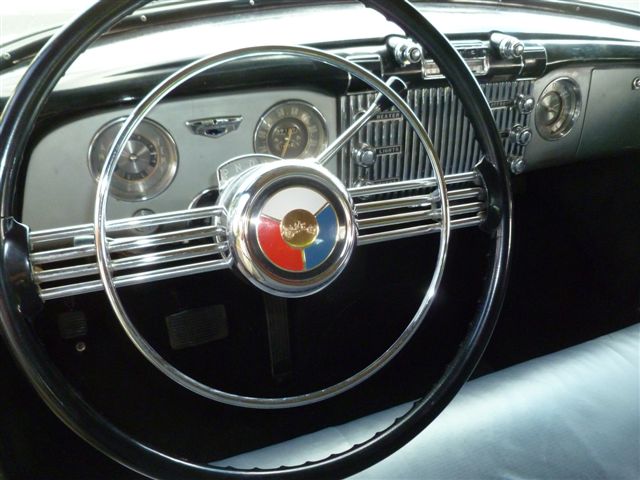
Soon, I was driving all over with my parents, starting at ten years of age. By the time I was 12 years old, I was a confident driver. I’d driven my parents’ Dodge and Buick, as well as my Grandfather’s 1949 International pickup truck and his 1953 Chrysler New Yorker. I’d also driven my Dad’s Dodge replacement, a red and black 1954 Pontiac Star Chief with a big straight eight engine and Hydra-Matic transmission.

On that 12th year of my life, I got my first car – a 1952 Chevy Styleline. My buddy and I saw it sitting in a back yard on the North Hill of Stillwater. It had expired license plates and obviously hadn’t been driven for some time. The homeowner’s son had left it when he moved away. I sensed that all was perhaps not well between the two. He had the title and was glad to get rid of it. We got it running and I went home to get Dad. The guy wanted $15 for the car. Dad told me to offer him $10. We split the difference. I paid $12.50 for my first car.
But that’s another story.
